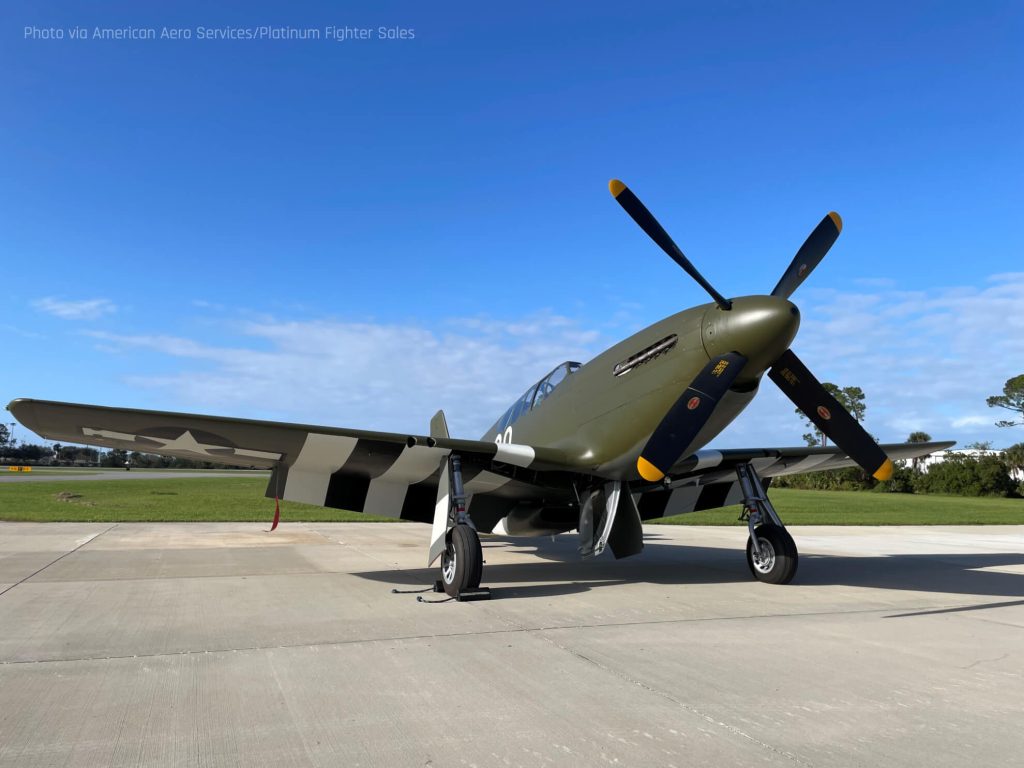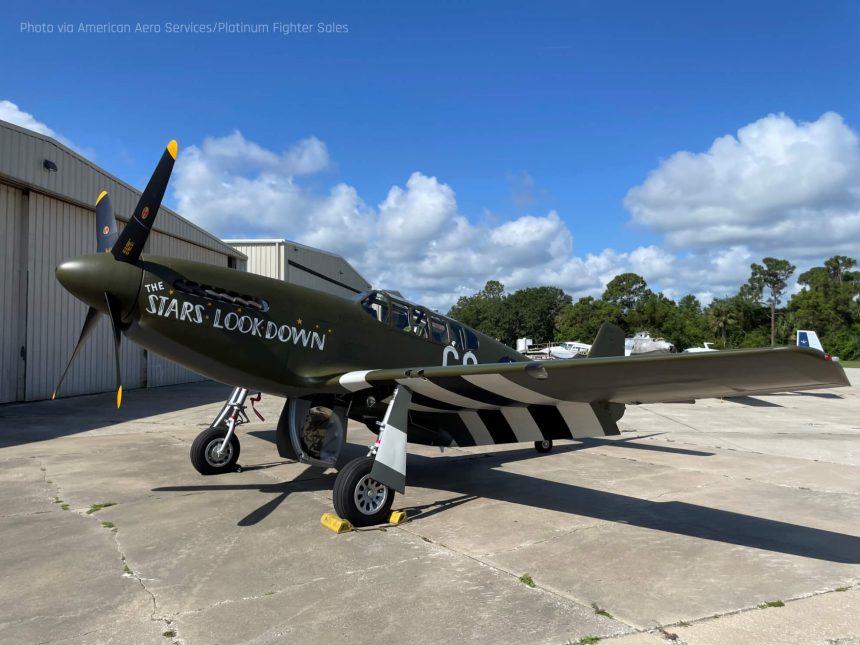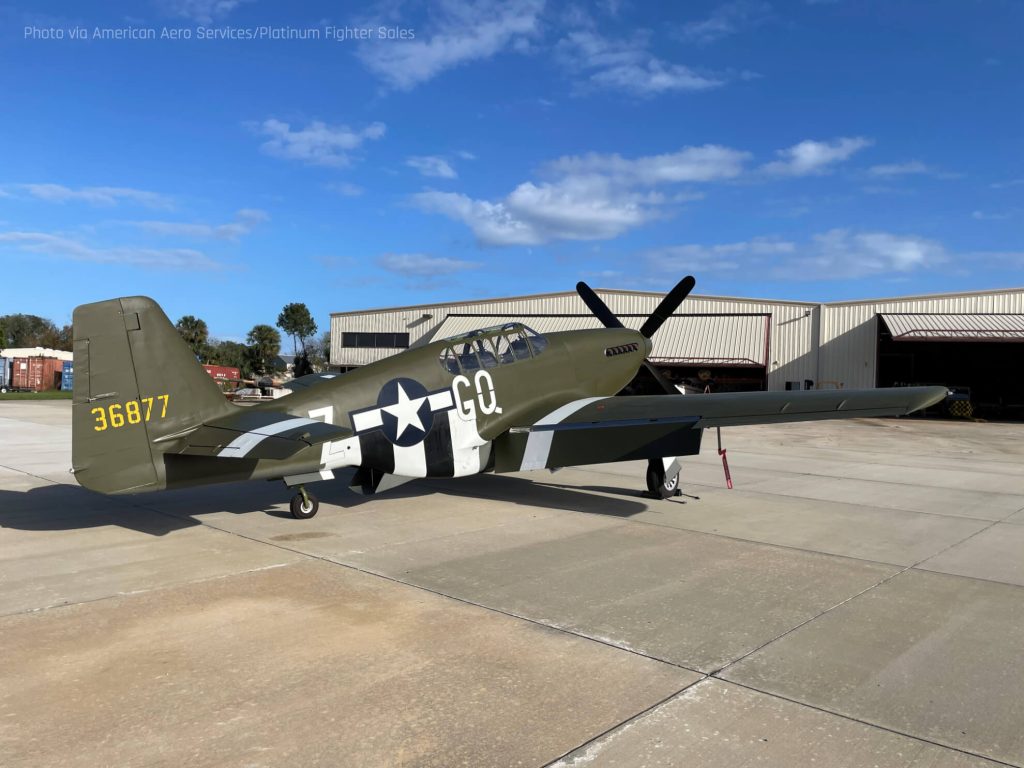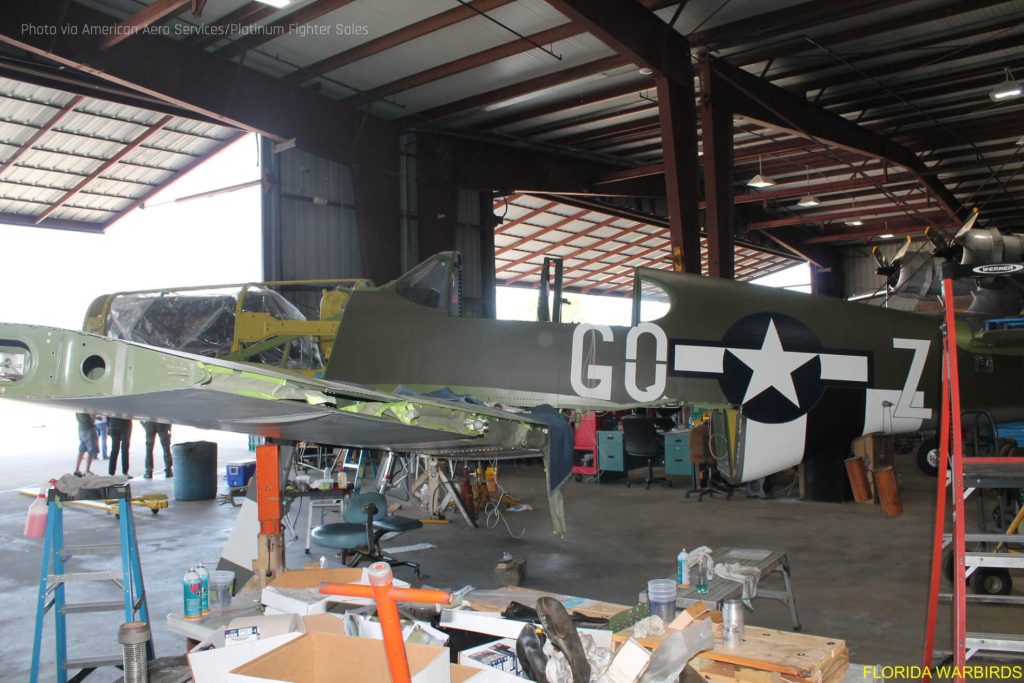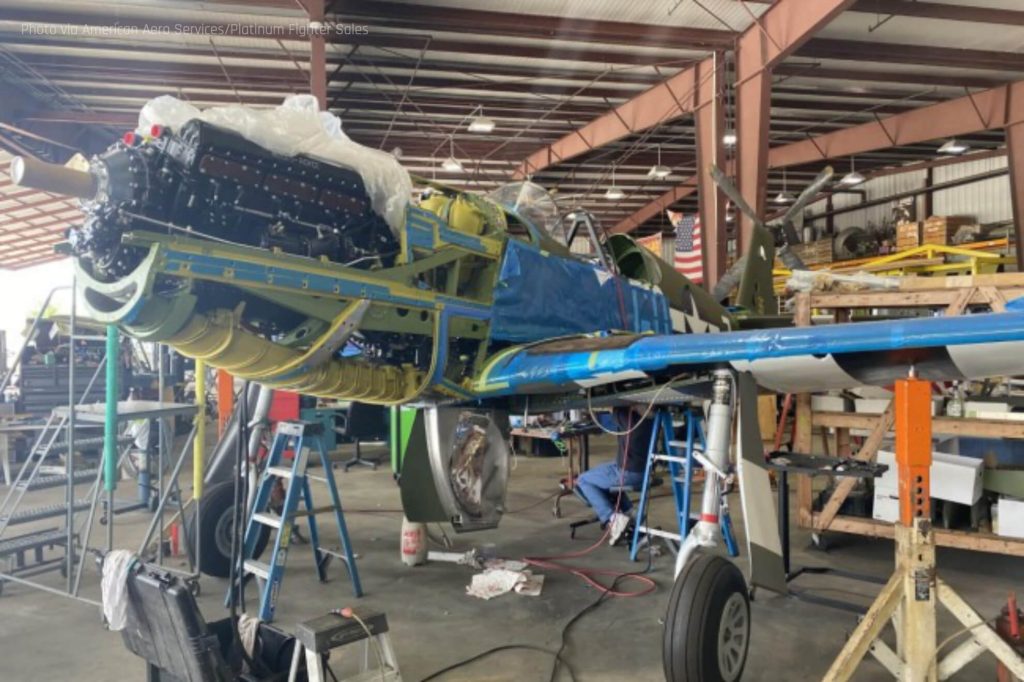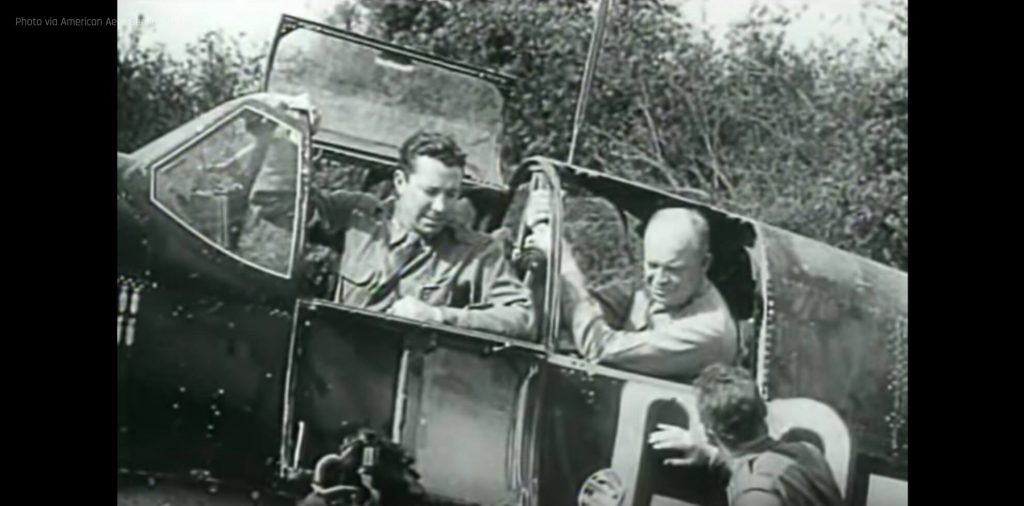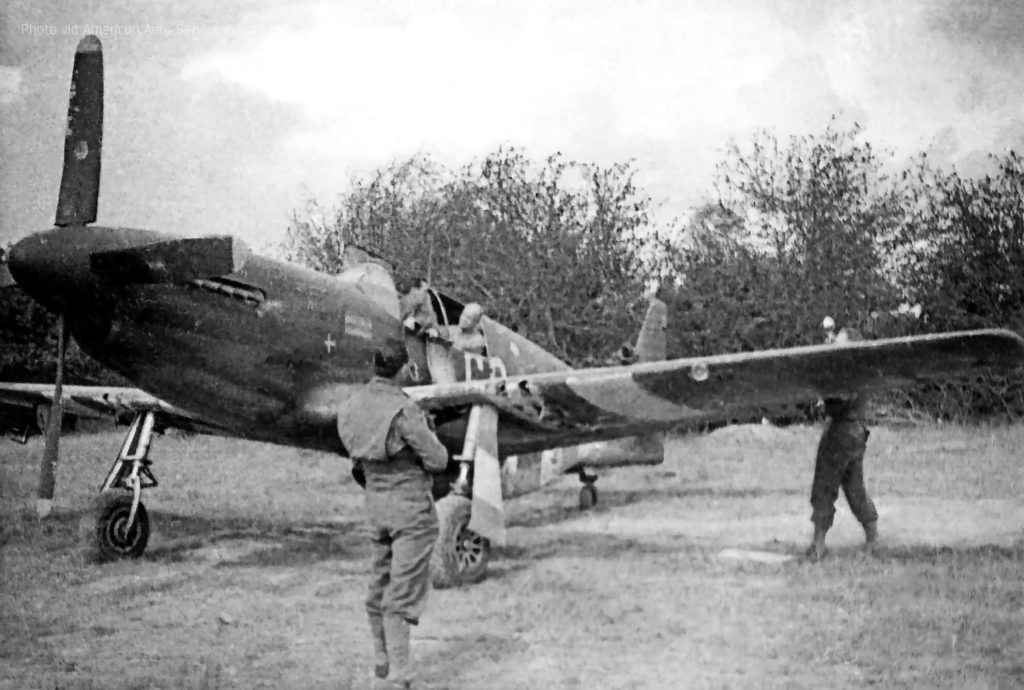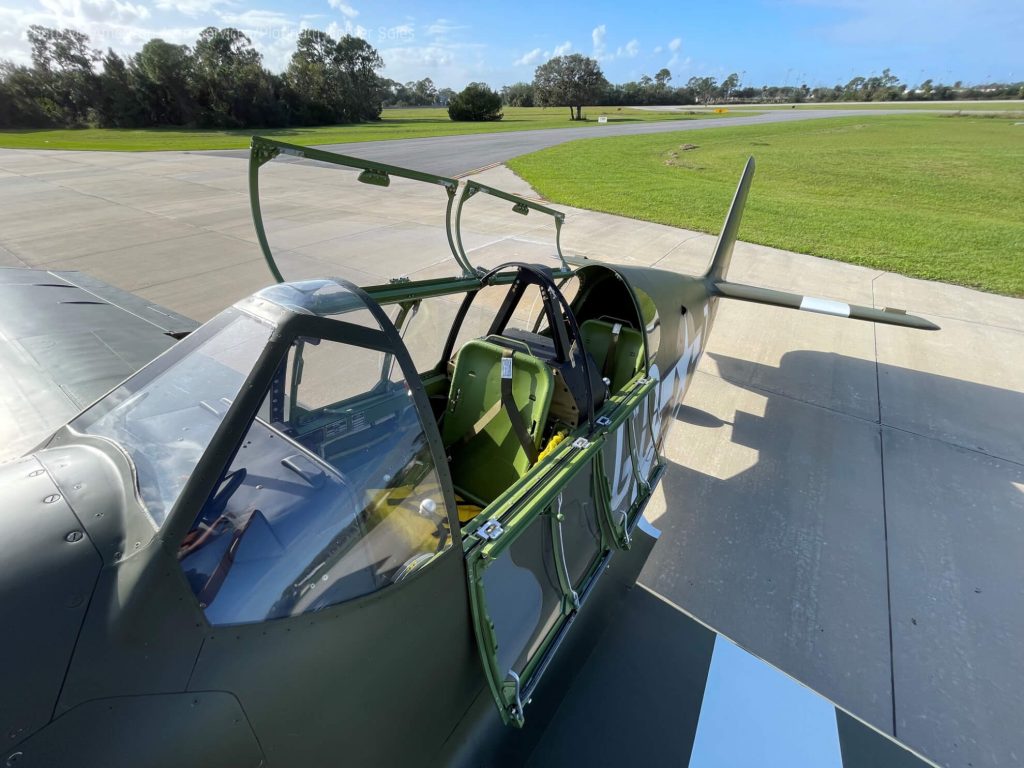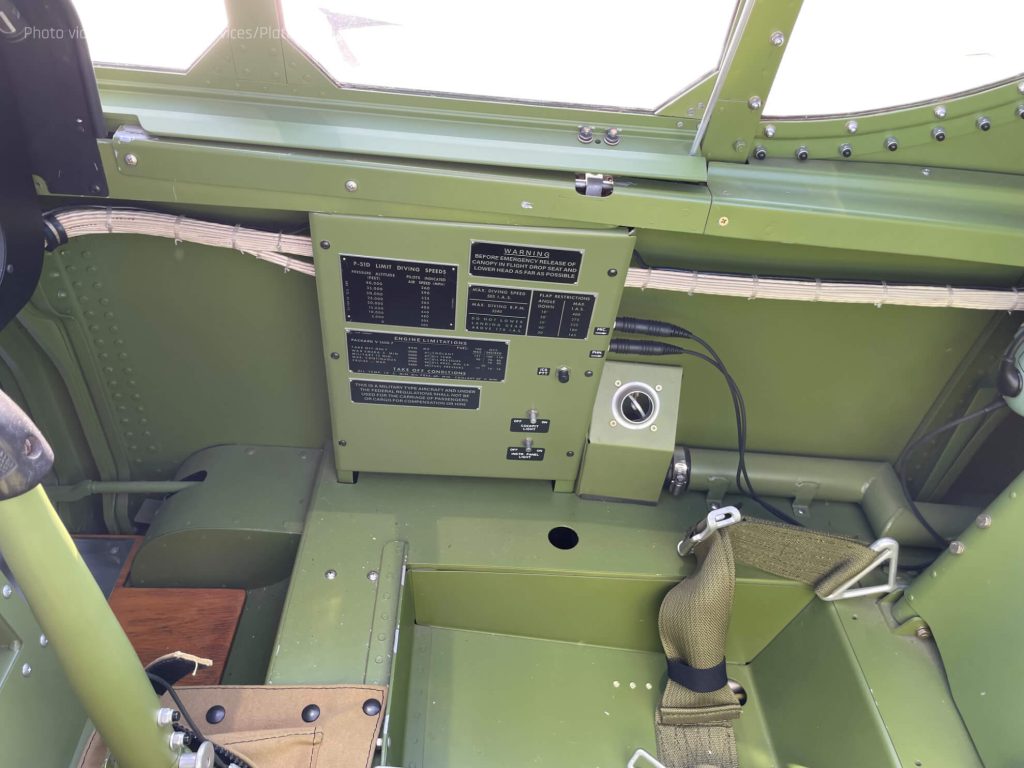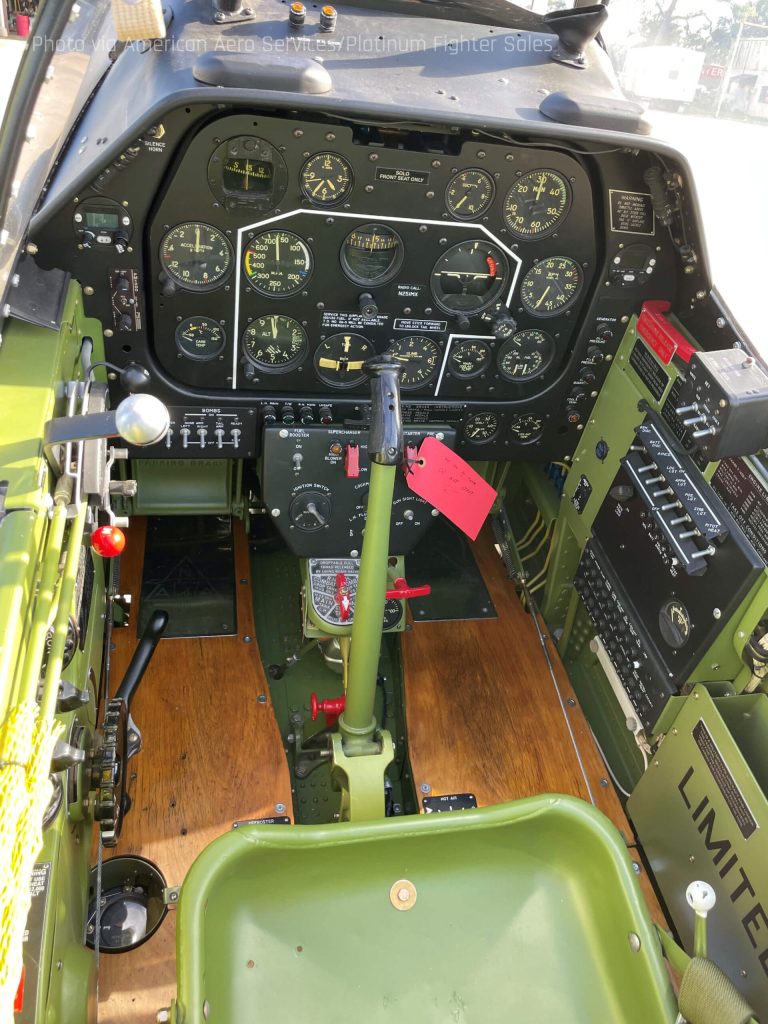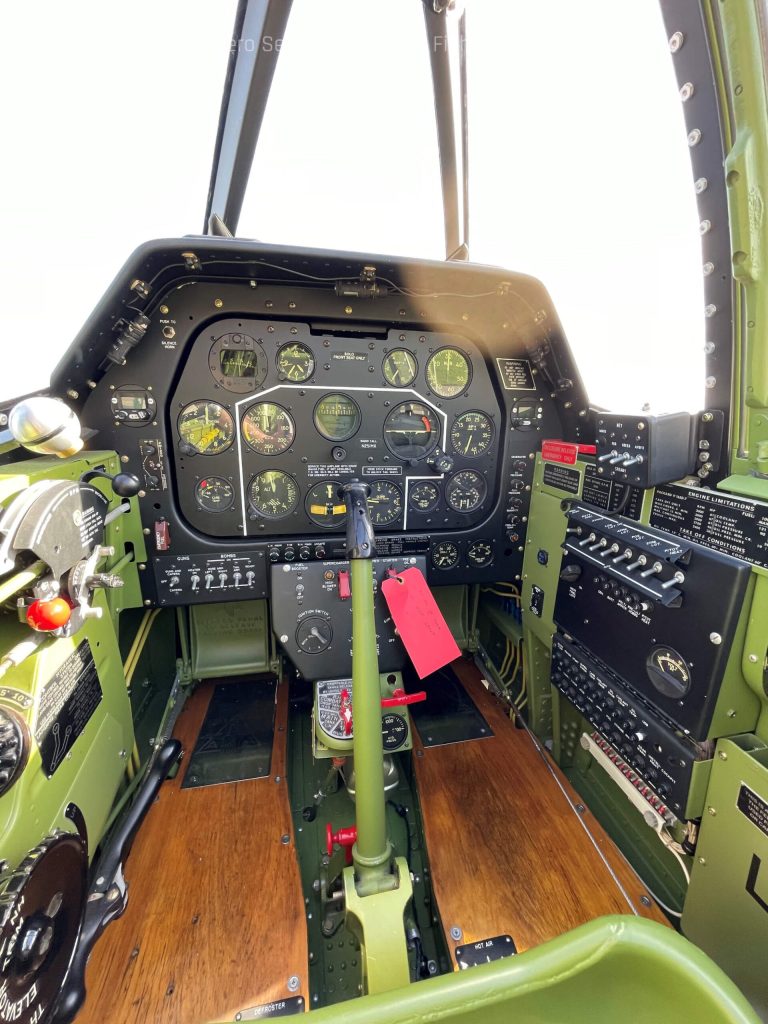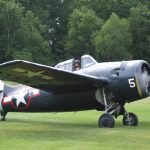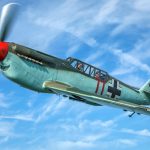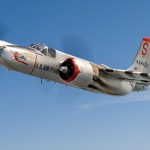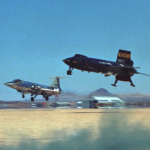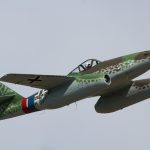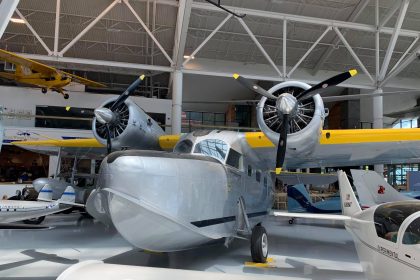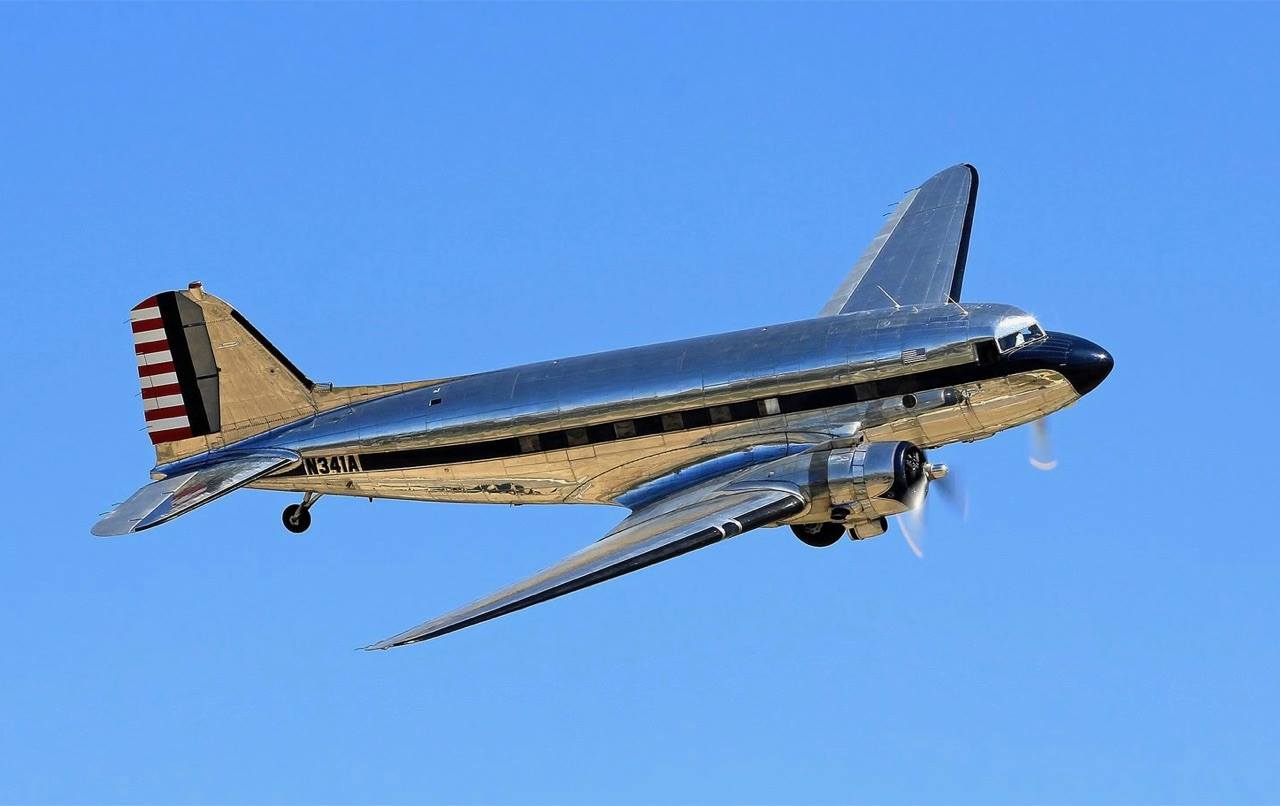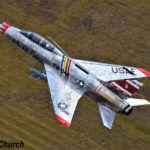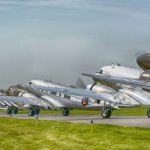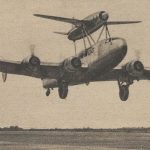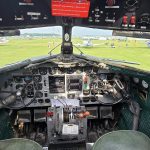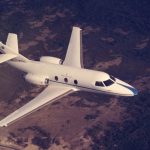American Aero Services, the renowned aircraft restoration company based in New Smyrna Beach, Florida, has once again delivered an exceptional restoration. Their latest project, a rare dual-control 1943 North American TP-51C Mustang, has just been completed and is now available for sale through Platinum Fighter Sales.
A Rare Dual-Control Mustang
This aircraft, registered as N251MX, is a full dual-control “razorback” Mustang, meticulously restored to factory-fresh condition. The five-year restoration, led by Ashley Ezell and the team at American Aero Services, has returned the aircraft to its original wartime configuration as a TP-51C trainer. The cockpit features period-correct instrument panels, switches, and an authentic olive drab interior, making it a true time capsule of WWII aviation.
Every component has been either overhauled or replaced to ensure a zero-time restoration. The Mustang is powered by a zero-time Packard V-1650-7 Merlin engine with 500-series heads and banks, expertly overhauled by Roush Aviation. Its Hamilton Standard cuffed propeller has been restored to zero-time condition by Maxwell Propeller.
From Wartime Service to Restoration
Originally built as P-51C 42-103293 at North American Aviation’s Dallas, Texas factory, this Mustang was accepted into the U.S. Army Air Forces in March 1944. The aircraft was assigned to the 370th Fighter Squadron at RAF East Wretham, England, in April 1944. However, its service was short-lived—on May 2, 1944, pilot Capt. Carey H. Brown Jr. crashed during a training flight. The wreckage was discarded at an RAF scrapyard, where it remained for nearly 50 years.
In the summer of 1944, as Allied forces advanced through France, General Dwight D. Eisenhower undertook a historic reconnaissance mission aboard a modified P-51B Mustang. On July 4, Eisenhower, accompanied by General Elwood R. Quesada, flew over the Saint-Lô area to assess battlefield conditions firsthand. The aircraft, repurposed as a squadron “hack,” had been converted with a second seat but lacked a parachute for its passenger, making the mission particularly risky. Despite the dangers, the flight was a success, and Eisenhower’s enthusiasm for the operation fueled further planning for the Allied advance. The aircraft, later named The Stars Look Down, became a symbol of this pivotal moment, directly contributing to the breakthrough at Saint-Lô and General Patton’s rapid push into enemy territory.
In 2002, renowned warbird restorer John Muszala of Pacific Fighters recovered the surviving components of 42-103293, embarking on an ambitious project to restore it as the first-ever dual-control P-51C Mustang. While many wartime P-51B/C Mustangs were modified for VIP transport and other non-combat roles, none featured a fully functional second set of controls. Muszala’s restoration aimed to change that. After two years of painstaking work, the aircraft took flight once again on May 5, 2004—just three days past the 60th anniversary of its last mission in England. Registered as N251MX, it debuted at the 2004 EAA AirVenture Oshkosh, where it won the prestigious Best P-51 award. The aircraft was later repainted in 2006 to represent “Betty Jane,” a P-51C flown by Col. Charles McCorkle of the 31st Fighter Group during WWII.
A New Chapter: “The Stars Look Down”
Following its most recent five-year restoration at American Aero Services, the Mustang has been meticulously rebuilt as a factory-original TP-51C. Unlike wartime two-seat “hacks,” which lacked full dual controls, this aircraft now features a fully functional second cockpit complete with its own instrument panel and canopy controls.
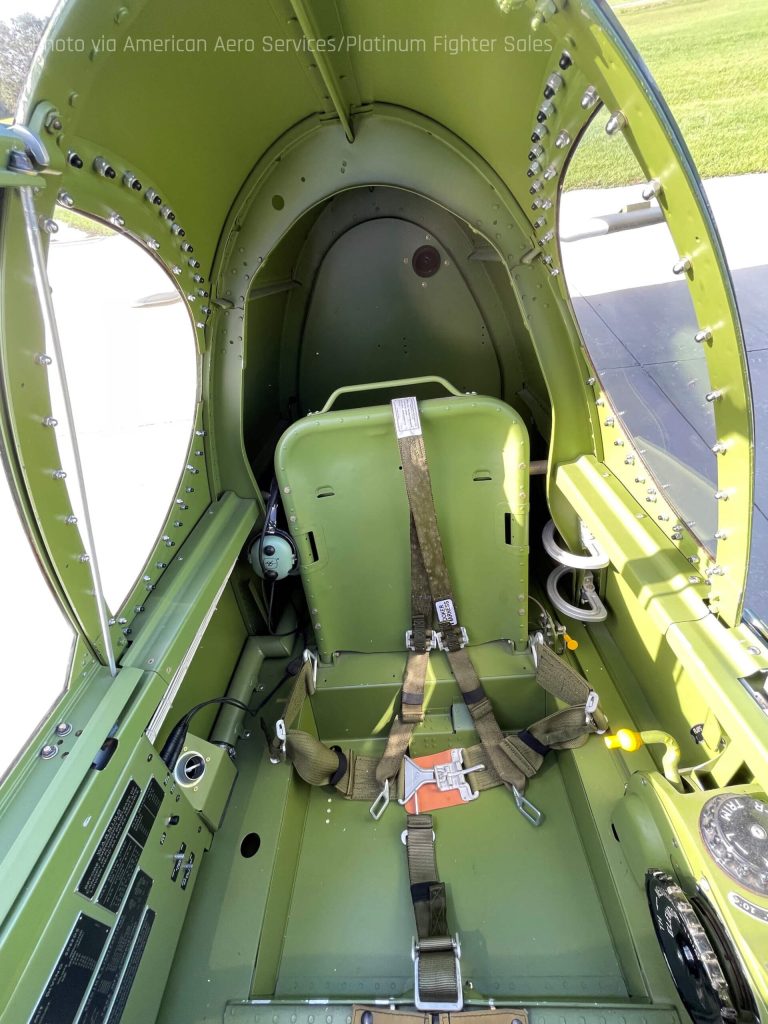
Under the cowling, the aircraft boasts a freshly overhauled Packard Rolls-Royce Merlin V-1650-7 (s/n V-335430), rebuilt by Roush Aviation with exclusive FAA/PMA-certified components for enhanced reliability. All hydraulic, electrical, and landing gear systems have been restored to factory-new condition.
The aircraft now wears the historic markings of “The Stars Look Down,” a P-51B Mustang used to fly Supreme Allied Commander General Dwight D. Eisenhower over France on July 4, 1944. With its unparalleled authenticity, flawless restoration, and rare dual-control configuration, “The Stars Look Down” stands as one of the finest P-51 Mustangs in existence today—a true testament to American Aero Services‘ world-class craftsmanship. For more information about this airplane, visit www.platinumfighters.com.
